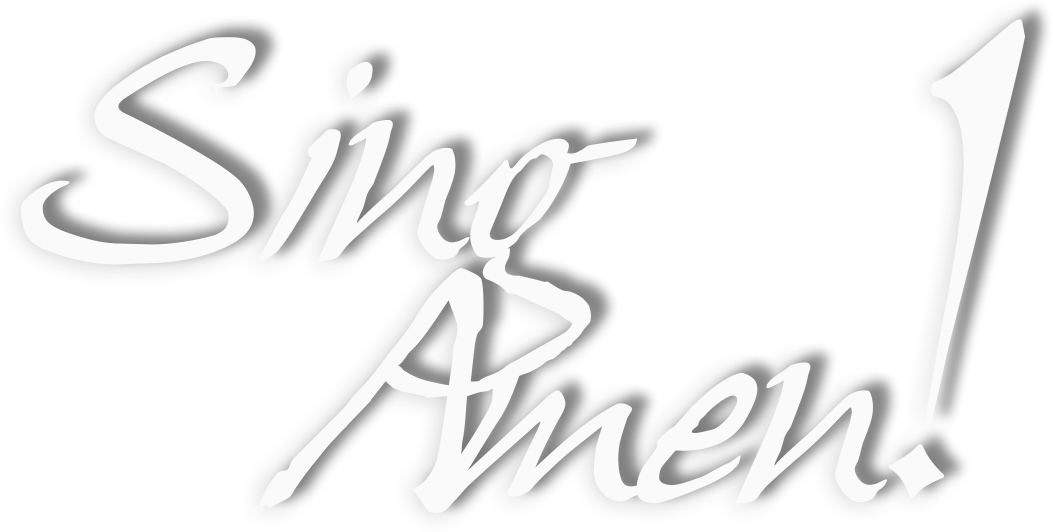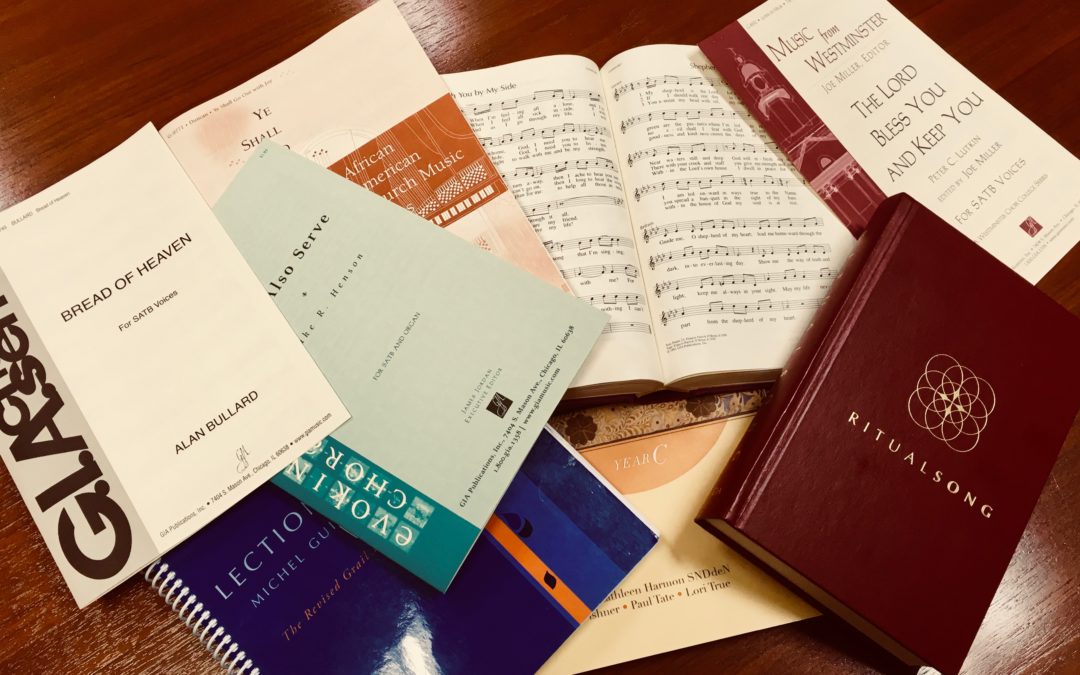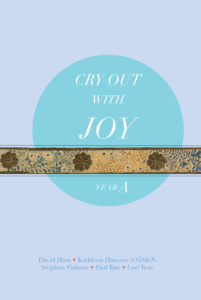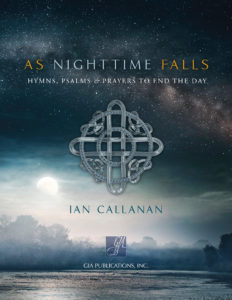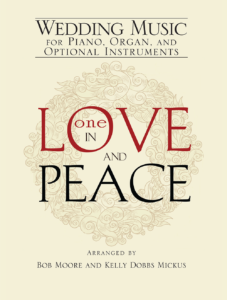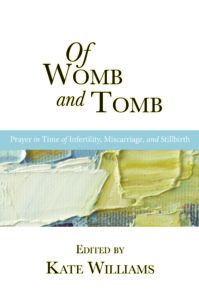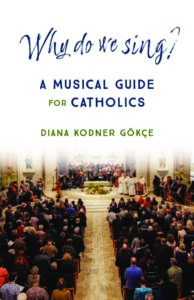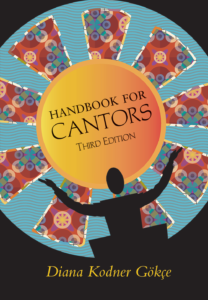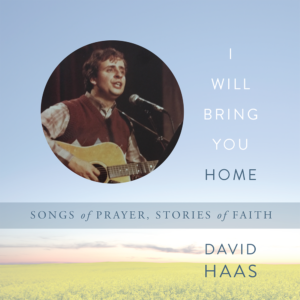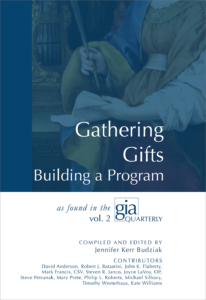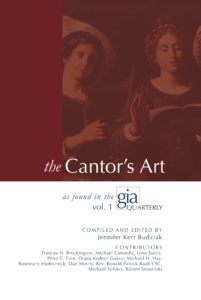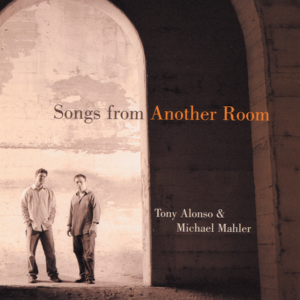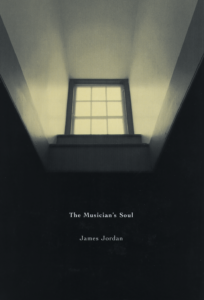Here’s a topic that comes up periodically on various forums: How do you deal with music planning for the liturgical year?
Last summer, in the GIA Quarterly (29.2), Christian Cosas wrote a great article about his process for music planning at his parish, called “Planning Music for Liturgy: Seeing the Forest for the Trees.” He walked the reader through his process for looking at his parish repertoire and planning a season at a time, and he was even kind enough to share his online spreadsheets. (They can still be viewed at giamusic.com/cosasdownloads.)
My own process for music planning seems kind of radical to some: I prefer to plan the entire liturgical year before the year even starts–and I do it usually within one week’s worth of time. This is one of those tasks that honestly feels big at the start, but wow does it feel good in late November or early January when you suddenly realize there is a lot to do and not enough time to do it in…July and August are a great time to take the long view, get ahead, and give yourself one less thing to worry about in the thick of the year. With the happy side effect of having a beautifully unified parish repertoire to move forward with.
Everyone can of course figure out their own way to do this, but this is how I work: Usually at some point late in the summer, I block out maybe 3 consecutive days at my office during which I have no scheduled appointments or meetings. I have settled into a fairly stable process for this:
Before Day One (usually in early July): I prepare a complete repertoire summary of the previous whole season–what we sang, how many times we sang it, how it went, where there is or is not crossover between different liturgy times (did choir Masses with choral anthems here and there mean certain rep pieces didn’t get used as often there?), which songs were new, which songs are old favorites, which songs (old or new) should probably be retired from the repertoire, and so on. I’ll do a fuller blog post on this process, but it is tremendously important for knowing where you’re coming from, before you move forward. (NB: If you use a spreadsheet that can do this categorizing for you, that’s great–but before planning a new year, it’s important not just to have the data, but to explore the data–know what it says, be familiar with it, have it on the tip of your brain in a big-picture kind of way.)
Day One:
- First, I read through the Lectionary readings for the entire liturgical year. (The logical place to start would probably be Advent, I suppose, but since the rhythm of my parish life has always been school-year-driven, it has made more sense to just pick a good “starting” Sunday sometime in late August or early September.) I go beginning to end, in one sitting, and I do not take notes; I just read.
- Second, after finishing the first time through and taking a brief break, I go back to the beginning and read it all again. It’s important to do this fairly soon after the first read, while the imagery and ideas are all still in the brain; this time, going back to the beginning of the upcoming season, I have in my head a fresh awareness of what is to come in the Lectionary cycle. This time, I do often take notes–nothing big or important, just anything that pops into my head: obvious songs that link well to the full year, images I notice in Advent’s readings that I remember from the previous read-through resonate in an interesting way with something in early summer of the coming year, anything unexpected…
- After the second read-through, I prepare my planning document for the whole year. This part is a little more boring, and while it’s easier if you have a spreadsheet system worked out, it’s always going to be a little tedious–but do it anyway. Every Sunday, every date, every season and/or name of the feast/Solemnity, for the full year. If you are in a place where different choirs minister at different liturgies or not every single week, indicate that as well. (Yes, you need to know by early August exactly which dates your Children’s Choir is singing–another topic for another day, but consistency is huge with volunteers and especially kids and their parents!) Add the holy days and sacramental celebrations and every single thing you know is going to happen this year. Leave a space or field for “liturgy notes.” Every bit of data you have about the flow of the liturgical year, both in the wider Church and within the rhythm of your own parish. (The added benefit of doing it now is that your brain will be churning away under the tedium of the process, thinking about everything you read and almost unconsciously applying what it remembers to the creation of this document. At least mine does.)
Day Two (the next day): Now you’re going into the actual musical selection phase of the process. Hopefully the overall thrust of the readings and the layout of the liturgical year are still more or less fresh in your mind.
- Go through the readings in the Lectionary Cycle a third time; this time, for each Sunday or celebration of the church year, jot down a brief summary of the readings in your “liturgy notes” space; what are the primary images, how do the readings tie together, and what over-arching ideas come to mind? Sometimes the three spoken readings will tie together in an easily unified statement, but more often this will look like 3 individual sentences (one for each of the spoken readings). The important thing is to be able to glance at this field and have a basic sense of what will be going on in the readings and, by extension, the homily for that Sunday.
- Go through the year and mark the proper Psalm, both by number and with its prescribed response, into your planning document. (If you end up using a seasonal psalm or something other than the prescribed psalm, you’ll at least have the imagery and ideas behind the proper represented in your document.
- (or 2b, actually!) It wouldn’t hurt to do the same thing with the Entrance and Communion antiphons for the year, if you want to be really connected to the Missal and the liturgical cycle–this gives you another lens for focusing your music choices. It’s also a big piece to bite off, so honestly if you’ve never done the full-year planning before you might save this for your second or third year walking through the process…the good news is that if you have a flexible planning document it’s easy to navigate these, since they do not work on the 3-year cycle the readings do–do them once, and you’re pretty well set for future years.
- Go through the year and add to your planning document all the service music you plan to use throughout the year, by season. For some people this is a steady rotation that does not change much or at all from year to year; for others you might need to make some decisions when you get to this point. Important: if you are introducing any new service music, make sure to indicate it in bold type or some different color so you have an immediate visual connection to which Sundays or seasons already have a significant “unfamiliarity quotient” that you’ll be putting in front of your assembly.
- Go back through your stack of music from the NPM conference and/or summer reading sessions you’ve attended, as well as your “hope chest” if you have one (that’s for me a folder or box of pieces I’ve come across in years past that didn’t quite make it into the rotation–but I hold onto them, because some year it’s going to be the right year!), and choose the new music you’d like to have your assembly learn this coming year. There’s no magic number for this–I’ve worked in parishes with assemblies that could easily assimilate a dozen or more new songs in a year, and others where the limit was maybe 5-6…but it’s something you should keep in mind as you plan. With the readings of the year in mind, select your new music and make sure you have good spots in your calendar to teach them to your assembly and give them time to settle in. (I’ll have another blog post on slating new music into your calendar soon.)
- Now, once all these other pieces are in place, go through the liturgical cycle once again, with your last year’s annual summary on one side of you and your Lectionary on the other, and select music for the full year; fill in your blanks, balancing new music with familiar gems, knowing before you start the year that even if you need to make changes later or discover some new great piece, you at least have a solid plan for the year.
Good luck! Seriously, starting to do this changed my life as a church musician, and the gift of not going nuts mid-year and losing track of things was incredibly valuable. Give it a try!
–Jennifer
